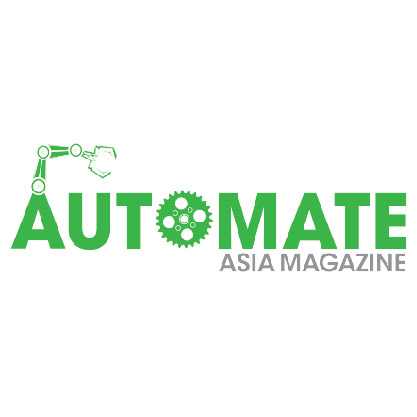Five Emerging Internet of Things Trends For 2021
- Automate Asia Magazine

- May 10, 2021
- 3 min read

2020 has proven to be a tumultuous year for everyone, and the technology industry is no different. Tech companies have scrambled to provide innovations that help us continue to function as a society given all the adjustments we’ve been forced to make.
The Internet of Things (IoT) is one of those innovations. IoT refers to everyday devices that can become internet-connected. These can be anything from cars to home automation to construction equipment. IoT has already made its mark in multiple industries, but it will play an especially pivotal role as we transition into 2021.
1. Increase in Healthcare-Focused Applications
Healthcare is at the top of people’s minds these days and will continue to be while we search for an effective solution for the novel coronavirus. I predict that IoT health devices and other healthcare technology will eventually play a larger role in ensuring patient and physician safety, assisting with detection and diagnosis, and administering treatments. IoT devices will be used by epidemiologists and public health agencies that want to more accurately track the spread of infection and prevent similar pandemics from happening again.
And let’s not forget all the other diseases, injuries and conditions that the healthcare system has to support. Their diagnosis and treatment also have to take the "new normal" into account, with greater reliance on telehealth and self-care. This may mean assessments such as blood pressure, basal body temperature, oxygen saturation, heart rate and more can be taken by patients at home without the need for in-person visits.
2. Smart Home Offices
The pandemic-driven surge in remote-work setups has caused many people to consider outfitting their homes with tech to make it more convenient to live and work at home.
Smart-home device manufacturers have a golden opportunity to let people see the value of their IoT products now that many consumers are home most of the week. Things like environmental controls, smart lighting, smart appliances and energy management devices will go a long way toward making home offices comfortable, convenient and sustainable.
On the other hand, employers will leverage IoT to help workers do their jobs from a distance. Internet-connected manufacturing and industrial machinery allow factories to be managed partly from a distance, and mobile videoconferencing makes long-distance site inspections easier and more effective.
3. Edge Computing
Edge computing is when an IoT device transmits its data to a nearby storage device instead of to the cloud. The local storage device then receives, processes and filters the data before sending part of the received data packet back to the cloud.
Because of this setup, edge computing uses far less bandwidth than traditional cloud computing, reduces latency and speeds up applications. This is ideal if the IoT devices have to work in areas that have unreliable or slow internet connectivity.
This ability to run in remote areas perfectly complements the satellite connectivity technology and low-power wide-area network (LPWAN) infrastructures that these locations rely on. The number of edge computing applications will likely grow as satellite connectivity’s influence expands.
Examples of edge computing include oil and gas monitoring devices, smart vehicles and smart-city applications.
4. Smart Retail
The retail industry has been hit hard by the coronavirus. While physical stores are never going to disappear entirely, they’ll have to perform drastic changes, not just to compete against online marketplaces, but simply to survive during the social distancing and quarantine that will mark our recovery efforts in 2021.
Retail-focused IoT devices can support and even boost operations in several different ways. Inventory management, advertising and marketing and theft prevention can help retail stores provide better service to buyers and manage their bottom line.
IoT can also help keep customers and employees safe through monitoring social distancing and leveraging contactless payments. The government of Canada has already released an exposure monitoring app that notifies users when a person has potentially been exposed to someone already infected with Covid-19. This kind of technology can help people feel safer when going to in-person retail stores.
5. IoT Cybersecurity
As IoT devices grow in popularity, so does the risk of their being compromised. Many IoT devices have minimal security in place, which puts them at risk of being pulled into a botnet (such as the Mirai-driven attack on the Liberian internet infrastructure) or hacked in order to take direct control (such as seizing IoT-based security cameras).
Forward-thinking companies will take these risks into account and build tighter security protocols into their IoT devices, or otherwise work with companies that have that kind of expertise. In the U.S., HIPAA compliance is necessary for the IoT devices themselves as well as the software programs that interact with them. As IoT becomes more personal, its security becomes more fundamental.
Source: www.forbes.com





-01.jpg)


